When to Cut Firewood for Winter

Instead of having to visit a shop, it’s much more convenient if you can collect your own firewood for winter heating and cooking on the barbecue every season of the year. If you have a garden, grounds or an estate with lots trees to look after, or if you live near woodland, firewood is really easy to get hold of.
Let's find out when and how to cut firewood and how to season it so that it is properly preserved until you need to use it.
When to cut firewood
When is the best time to cut trees for firewood? The best wood comes from trees that have been felled in winter, when they contain little sap, i.e. less moisture. The wood will still contain a substantial amount of moisture so it will need to be dried out, as discussed below in the paragraph on how to season firewood.
You can get your firewood from a felled tree by limbing and cutting the trunk into pieces. From the trunk and the thickest branches you can obtain medium-sized pieces and billets that are perfect for keeping a fire burning.
Speaking of felled trees, you may be interested in our article on limbing, sectioning and bucking trunks.
In the garden and countryside you can also cut firewood by performing dry pruning after the leaves have fallen, from late autumn to the end of winter, before the vegetative recovery in spring. The small offcuts of wood obtained from pruning are ideal for lighting and rekindling fires.
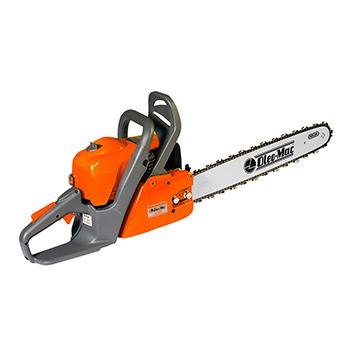
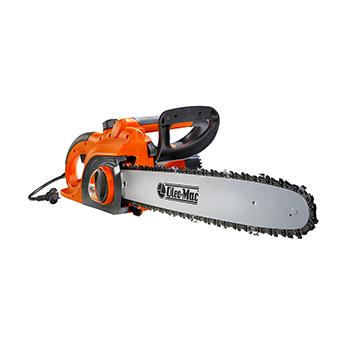
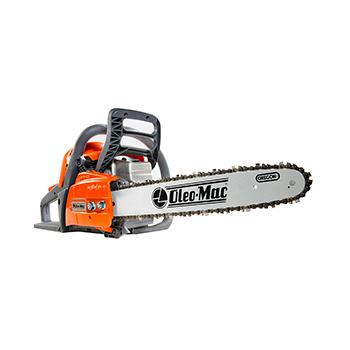
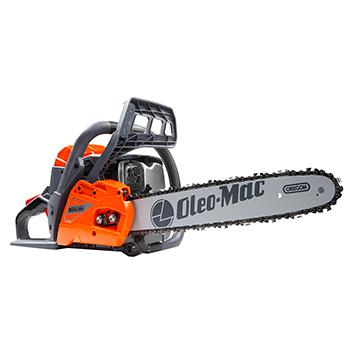
How to cut firewood
To get the right size of firewood for your stove or fireplace from a tree trunk, follow these simple steps:
-
Cut the trunk into pieces (rounds) about one metre long with a chainsaw: you can use a medium power chainsaw such as the Oleo-Mac GS 520, which outputs 2.5 kW of power.
-
Split the rounds into billets by making a cut along their length with the chainsaw, inserting wedges into the cut, then hitting them with a sledgehammer. In addition to a chainsaw, other tools you can use to split rounds are an axe or log splitter.
-
Secure the quartered billets on a sawhorse and saw them down to suitable lengths with a chainsaw: you can do the job with an electric chainsaw, such as the 2 kW GS 200 E, or a compact chainsaw like the GS 350 C or GS 411, which respectively output 1.5 and 1.9 kW.
You can also use the sawhorse to produce suitably sized kindling by sawing thinner trunks (which don’t need to be quartered), as well as larger branches obtained from pruning or limbing. A simple hand saw is sufficient for this job. For cutting small-sized firewood you can use manual pruning tools such as a lopper or saw.
How to choose firewood
What is the perfect firewood for stoves and fireplaces? Ideally you should choose firewood with different properties, to exploit the best characteristics of each type of wood. Softwood—such as poplar or pine—ignites and burns quickly, making it suitable for lighting and rekindling a fire. By contrast, hardwoods such as ash and beech give you a hotter and longer burn time.
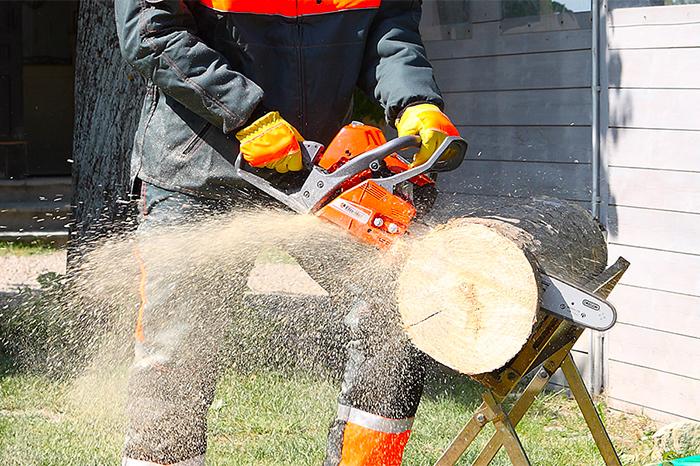
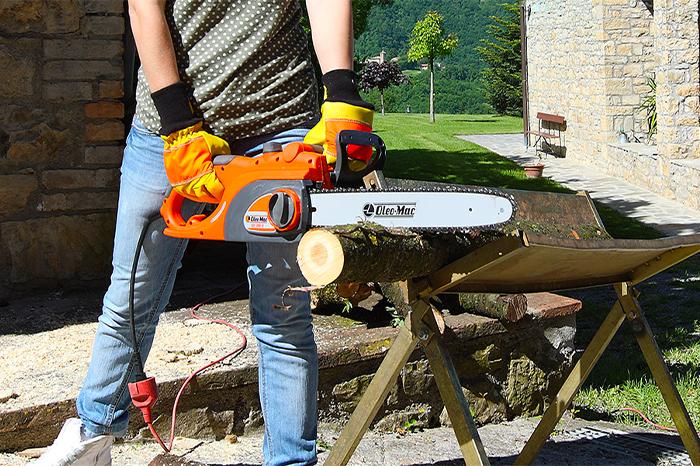
How to season firewood
When cutting firewood, we suggest sawing it into pieces of similar length, which can be stacked more easily and neatly. After cutting, it’s time to season the wood. Freshly cut wood contains water in variable quantities depending on the tree species and time of year: this moisture content affects the wood’s energy output.
Wood seasoning simply means drying out the wood, because the drier it is, the better it heats. Depending on the tree species, wood can take from 6 to 24 months to season and is considered dry when its moisture content is between 5 and 25%.
The seasoning result depends on how long you do it for, the type of wood and, of course, the ambient conditions. So, what is the best way to season firewood?
-
Choose a dry and well-ventilated space, where the wood pile is protected from humidity and rain.
-
Keep it raised off the ground/floor and avoid stacking it against an exterior wall.
-
Leave enough space between the stacked billets for air to circulate, otherwise you run the risk of them rotting instead of drying out.
-
Turn the billets over so that they dry on all sides.
Ideally, to season firewood you need a dedicated space: a woodshed. If your garage is dry and well-ventilated, you can use it to stack wood; otherwise, you can buy a woodshed—made of metal, wood etc. —or even build your own.
To create a basic DIY woodshed you just need a few materials such as logs, pallets or concrete blocks, to form a base that keeps the wood off the ground, and a tough waterproof sheet for a roof.
Want to buy a chainsaw for making firewood, pruning or other jobs? Read our guide on how to choose a chainsaw, so that you can identify the right chainsaw for your needs without overlooking any important criteria.



